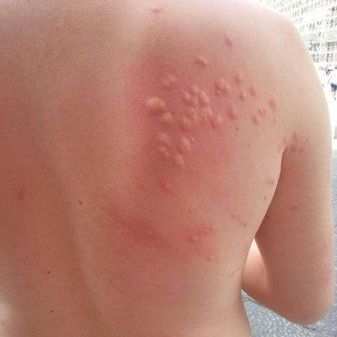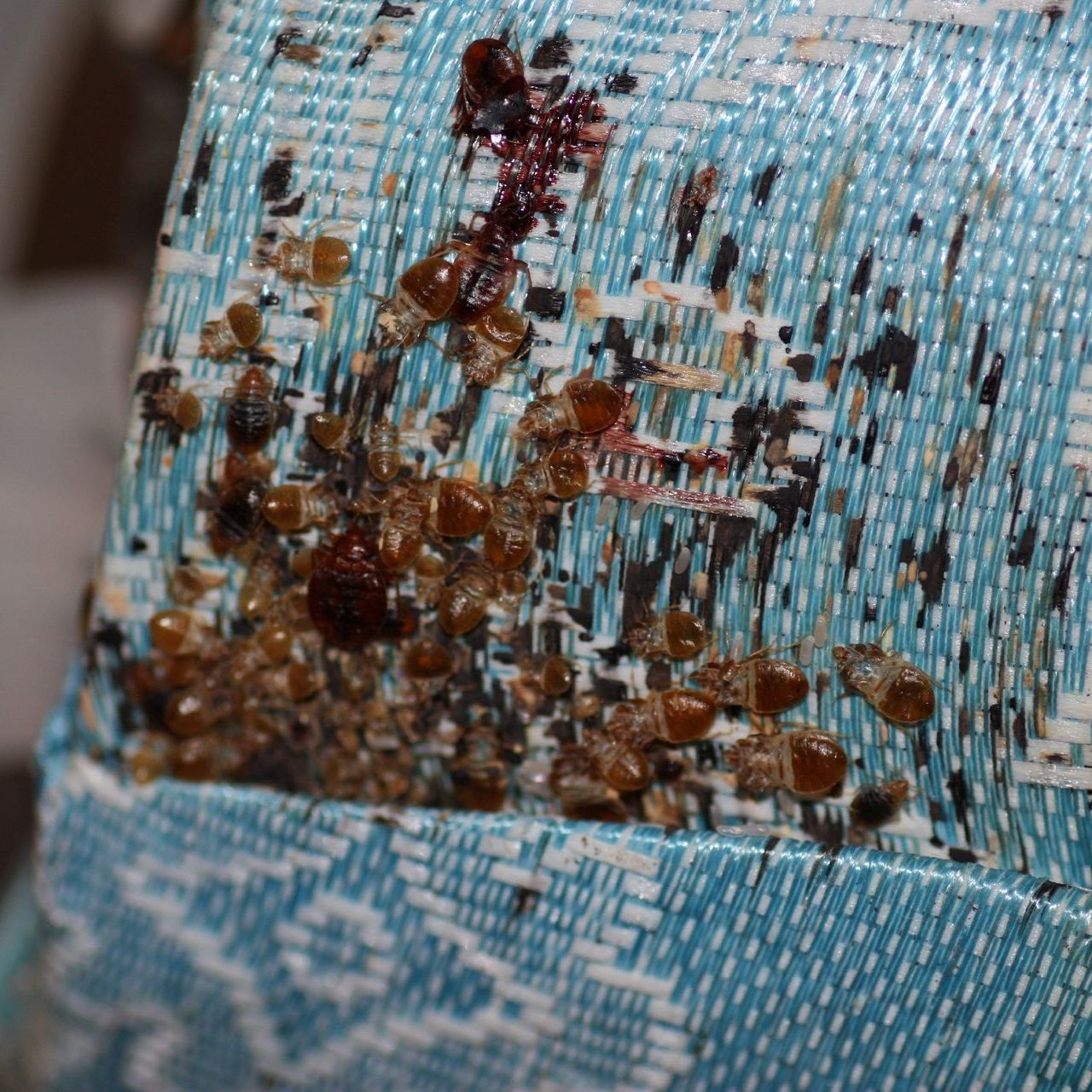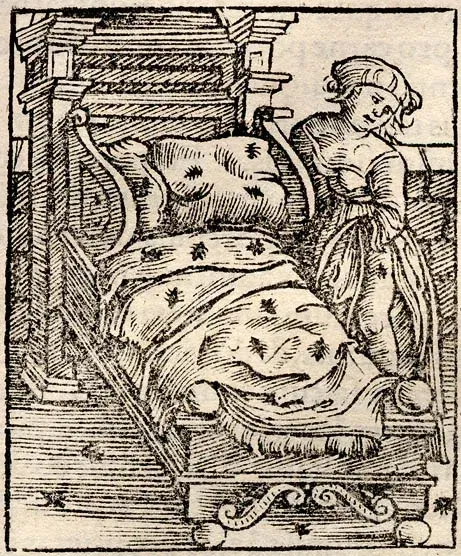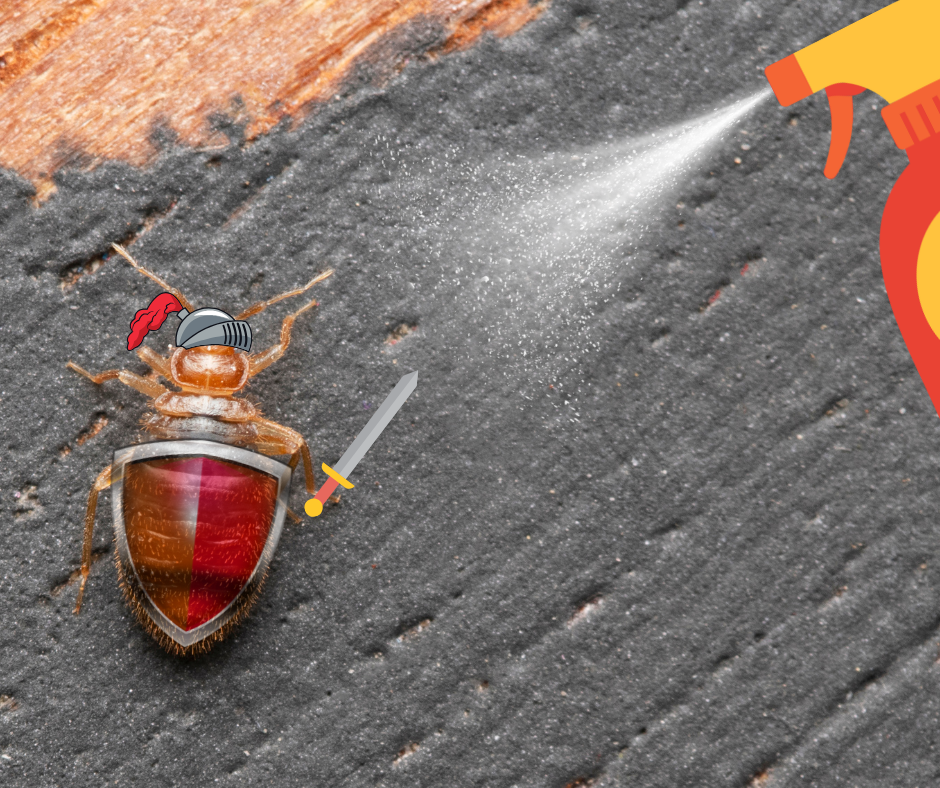Traveling with Pets Can Bring Memories — and also Unwanted Pests
Are your pets bringing in unwanted guests?


But don't bug out just yet — you can still bring your furry friends along for the trip. Bed bugs do not cause any illnesses to people or animals, just skin irritation from their bites. Bed bug bites often resemble mosquito or flea bites but typically appear in a distinct pattern, commonly in clusters or straight lines. When you and your dog feel that itch, there is a range of remedies for eradicating host bugs and for skin relief.
However, ridding of bed bugs in your home completely may be a different story.
These pests hide during the day and come out at night to feed on blood. They often hide in small cracks and crevices in furniture, beds, and walls during the day.
After feeding, bed bugs will shed their skin through a process called molting. These molted skins are similar in size to the bugs themselves and can be found in the following areas:
- Along mattress seams
- Behind headboards
- At ceiling and wall junctions
- Along baseboards
- Among personal belongings
For more detailed information on identifying signs of bed bugs, refer to
this document by Virginia Tech.


Thankfully, SOS Pest Control can save your home with no harm to you or your pets.
Thermal heat treatment offered by SOS Pest Control is the safest and most effective way to eliminate bed bugs without causing any damage to your furniture, home, and pets. This non-toxic method poses no health risks to people or pets, making it a clean and eco-friendly solution to solving bed bug infestations.
Heat penetrates every wall, crack, and crevice where bed bugs hide. Adult bed bugs die at 119°F, but their heat-resistant eggs require temperatures of at least 125°F. At SOS Pest Control, we seal off the affected area and raise the temperature to the required levels, ensuring complete elimination of both bugs and their eggs. Best of all, this method won’t harm your property or belongings, and our discreet removal process ensures privacy in your neighborhood.
Think You Have Bed Bugs? Call Us Today!
If you notice signs of a bed bug infestation, don’t wait—call SOS Pest Control right away. We offer free inspections to residents within our service area. Visit our service area page to see if your home in our one hour travel radius.
📞 Call 816-237-5342 to schedule your inspection today!


